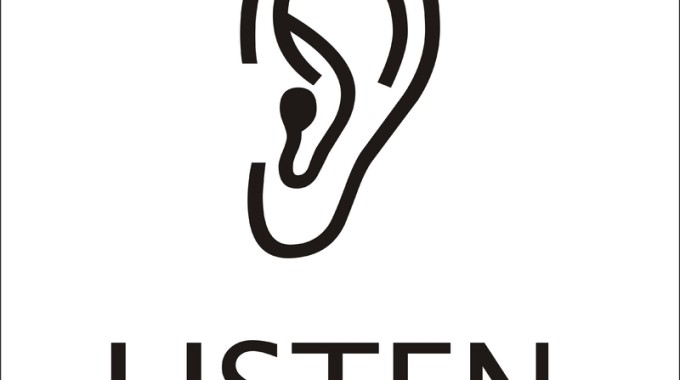
Techniques to Listen & Identify Your Prospect’s Needs
Your prospects say they need one thing. But after you talk to them, how many times do you find out something else would be a better fit?
It’s not always easy to figure out what truly would be the best for them.
So I thought I’d share a few techniques you can use to identify their real needs and close a few more sales:
1. Ask Questions Like These for Starters
You’ll always have to come up with variations for unique situations. But these are some good starters that work for almost every conversation with a prospect:
- Have you seen other products/services that you don’t like?
- What’s the most important outcome you need to get from our product/service?
- What feature of our product/service is most important to you?
- What will be the primary use of our product/service?
- What benefits would your company realize if you could improve your current situation?
The key when asking these questions is to make them sound natural, not canned.
2. Avoid Leading Questions
These types of questions push the prospect towards a specific answer. Not only does that turn them off because they feel they have to answer a certain way, but you don’t understand their true buying motivation.
A few examples of leading sales questions to not use:
- Wouldn’t you agree its important to have a solid retirement strategy in place?
- Is that impacting their schedules?
- If I could show you a way to save you time and money, wouldn’t you be interested?
- Haven’t you had problems with your…?
3. What’s Your Prospect Really Saying?
This one only comes with experience. But, there’s the words your prospects say, and then there’s what they really mean.
Sales pro Jill Konrath offers a couple of examples that’ll help you understand this point a little better:
- “We’re happy with our current provider.” In reality, Konrath says, this means you haven’t said enough to get your prospects curious so they want to learn more. Ask more questions, and try to find out what value your solution could offer that your competition’s does not.
- “Is that your best price?” Jill says clients prospects usually mean they want to make sure their money is well spent. Don’t take what your prospect says at face value – they’re often willing to pay more if you offer additional value.
Hidden meanings like these abound in what your prospects say. If you can find the right questions to ask so you understand what they really need, you can often make the sale.
4. Provide Examples
Once you get that awesome information from you prospect with open-ended questions, you can now offer examples specific to your prospect’s current situation.
So, you’ll say things like:
- We have a number of clients with the exact same problem [discuss the problem as they experience it]. Can you tell me a little bit more about your situation?
- It sounds like you don’t have the right solution for the problem [talk about why this is]. It works a lot better when you have the right one in place.
These questioning techniques will get your conversations going in the right direction. It’s up to you to figure out the best ones to use to find what is truly the best solution for your prospect.
